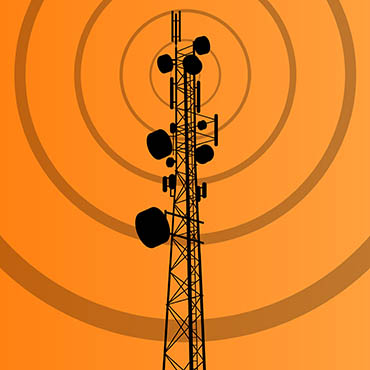FirstNet woos potential bidders

With initial funding and spectrum secured, the public safety broadband network must actually start building soon. And that will require the cooperation of telecom firms.

The FirstNet public safety network is one of the most complex technology projects underway in government. The push for the network came in the wake of the 2001 terrorist attacks, during which first responders from different agencies and jurisdictions were unable to communicate with one another.
As a result, Congress mandated the construction of a nationwide, interoperable broadband communications network that can be accessed by first responders across jurisdictional lines while allowing for improved connectivity and the integration of new media, such as video and text, into first responder radios.
In the future, all U.S. first responders will be able to tune their radios to Band 14 to access the network.
FirstNet, an authority within the Commerce Department, has secured its promised $6.5 billion in seed capital, thanks to a successful spectrum auction, and a 20 MHz swath of spectrum in the LTE band, considered highly desirable for its range and efficiency.
But soon the real work begins. FirstNet must convince private carriers and telecommunications firms to help create the network through new telecom construction and the creative reuse of existing infrastructure such as long-haul transport, microwave towers and network equipment.
And although $6.5 billion is real money, it is nowhere near what it will cost to build and maintain the network. At an Aug. 27 industry day, FirstNet President TJ Kennedy offered industry incentives to participate -- primarily access to the FirstNet spectrum on a shared-use basis, a share in user feeds, and access to a rapidly transforming marketplace for broadband-powered public safety devices and applications.
"The reality is this is a great business deal," Kennedy said.
The initial drafts of the FirstNet solicitation ask vendors to come up with strategies for either comprehensive or regional solutions. Early requirements that every square foot of the U.S. be covered with a terrestrial network have been rolled back somewhat, and the prospect exists for satellite coverage or the use of specially equipped drones to act as transmitters in wilderness areas during search and rescue missions or wildfires.
A key to FirstNet is that public safety users have priority on the network. One of the technology challenges is how to allow for surges of use during public safety emergencies and weather events, and the big question for vendors is what happens to their customers in such situations.
But Kennedy told vendors that there were some key advantages to FirstNet participation. For one thing, access to the network's spectrum could wind up being much cheaper than on the open market, given the big spending by telecoms in the AWS-3 spectrum auction. Additionally, the spectrum could come online far faster than is typically the case.
"We plan to have cleared spectrum to be available on Day One," Kennedy said.
There are still plenty of outstanding questions, however. The drafts of the FirstNet solicitation drew more than 650 queries from potential bidders on issues such as the business model, cybersecurity, interoperability and integration of devices on the network. The agency plans to answer those questions and issue a final solicitation in December.



